
Surfing is a surface water sport in which an individual, a surfer (or two in tandem surfing), uses a board to ride on the forward section, or face, of a moving wave of water, which usually carries the surfer towards the shore. Waves suitable for surfing are primarily found on ocean shores, but can also be found in standing waves in the open ocean, in lakes, in rivers in the form of a tidal bore, or in wave pools.
The term surfing refers to a person riding a wave using a board, regardless of the stance. There are several types of boards. The Moche of Peru would often surf on reed craft, while the native peoples of the Pacific surfed waves on alaia, paipo, and other such water craft. Ancient cultures often surfed on their belly and knees, while the modern-day definition of surfing most often refers to a surfer riding a wave standing on a surfboard; this is also referred to as stand-up surfing.
Another prominent form of surfing is body boarding, where a surfer rides the wave on a bodyboard, either lying on their belly, drop knee (one foot and one knee on the board), or sometimes even standing up on a body board. Other types of surfing include knee boarding, surf matting (riding inflatable mats) and using foils. Body surfing, in which the wave is caught and ridden using the surfer's own body rather than a board, is very common and is considered by some surfers to be the purest form of surfing. The closest form of body surfing using a board is a handboard which normally has one strap over it to fit on one hand.
Three major subdivisions within stand-up surfing are stand-up paddling, long boarding and short boarding with several major differences including the board design and length, the riding style and the kind of wave that is ridden.
Popular Places For Surfing
1. Nazare, Portugal
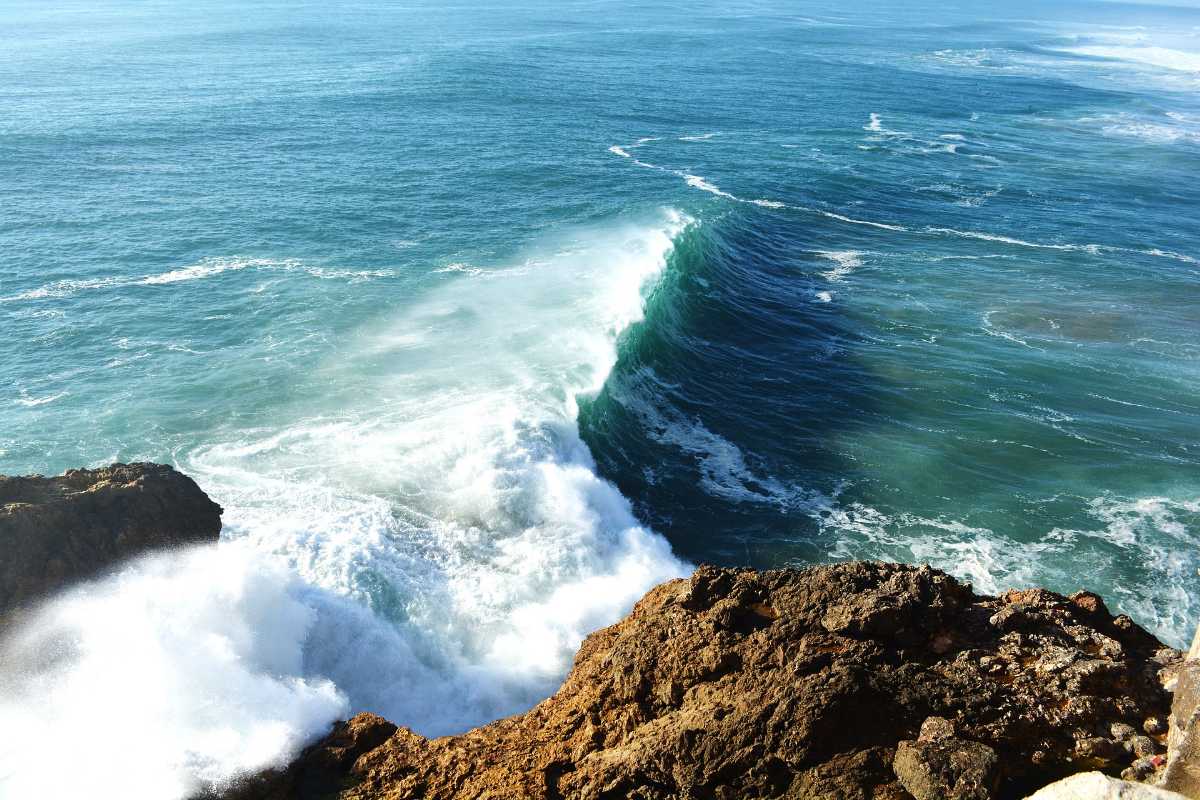
This natural marvel host the record-breaking 100-foot wave ever surfed. Extreme surfer Garrett McNamara made headlines a few years ago (2011) for balancing himself on a 100-foot wall of water. This was made possible primarily due to the 16,000 feet undersea canyon that points downward like an arrow. The wave although was triggered as an aftereffect of a huge storm off the coast of Ireland. But yes, this means exponentially heavy wipeouts if circumstances turn unfortunate. The big waves at Nazare are no doubt only for the most skilful and daring of surfers.
Approximate cost: No prices, custom individual itinerary
Best Time: Between October and March
2. Les Cavaliers, Anglet, France
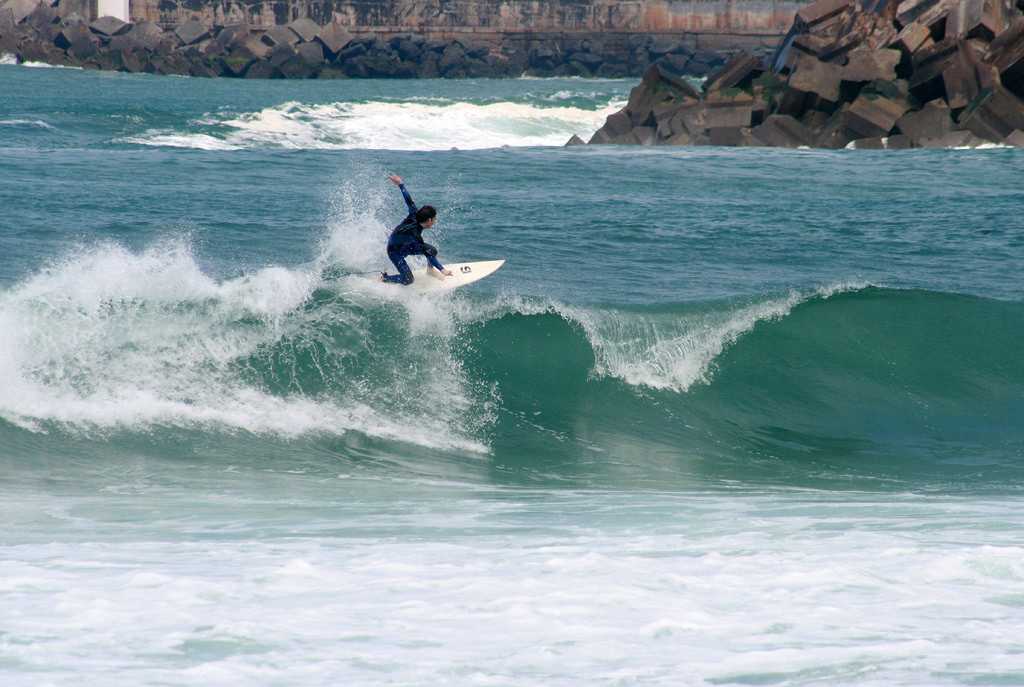
Les Cavaliers is best known as a family-friendly surf destination. Les Cavaliers offers beach breaks unparalleled by any other in the world. The powerful waves enable Les Cavaliers to host several pro surf competitions and events. The WSL world tour has been held here several times. Due to how popular the place is, the beach tends to get really crowded during the summer months.
Approximate cost: EUR 35 per peson per lesson
Best Time: Year-round
3. Cloud Nine, Siargao Island, Philippines - Best Surfing Spot in The World
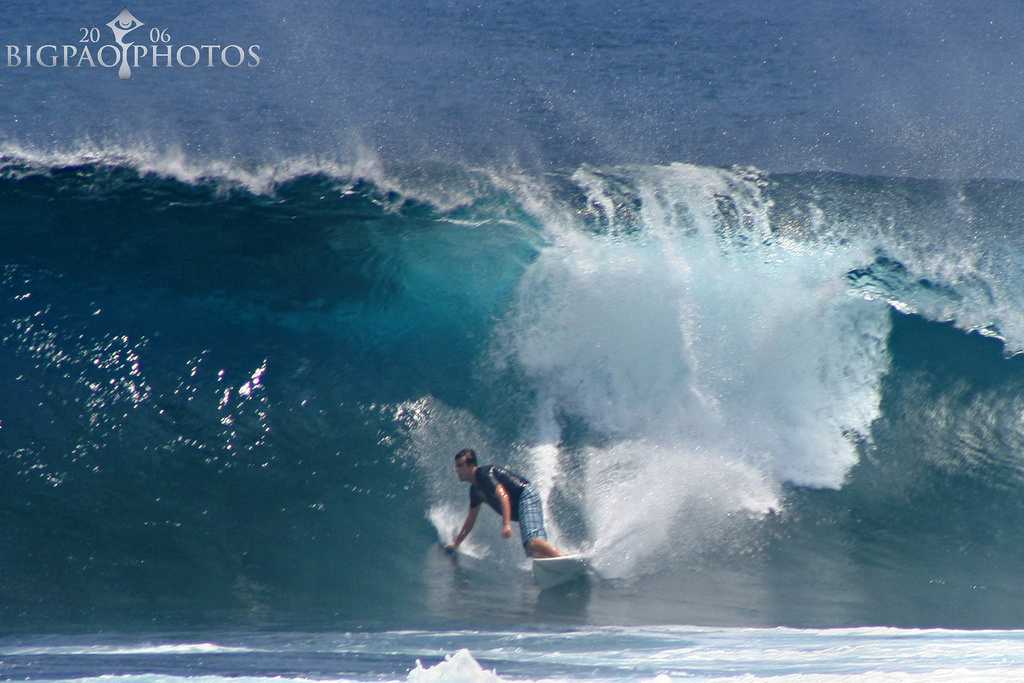
Cloud 9 is of the most famed wave in the Philippines. And Sergio islands is the best place to surf in the country, consistently ranked among the best surf places inthe world. The sea at Sergio is omnipresent, and the thick, hollow tubes of Cloud 9 make for a thrilling albeit challenging surf. The best part is, Sergio can only be reached by domestic flights, it's fairly remote. This has helped in preserving the island's atmosphere and environment, making it one of the most authentic islands retreats one can indulge in.
Approximate cost: USD 20 a day
Best Time: Around the year
4. Hoddevik, Norway
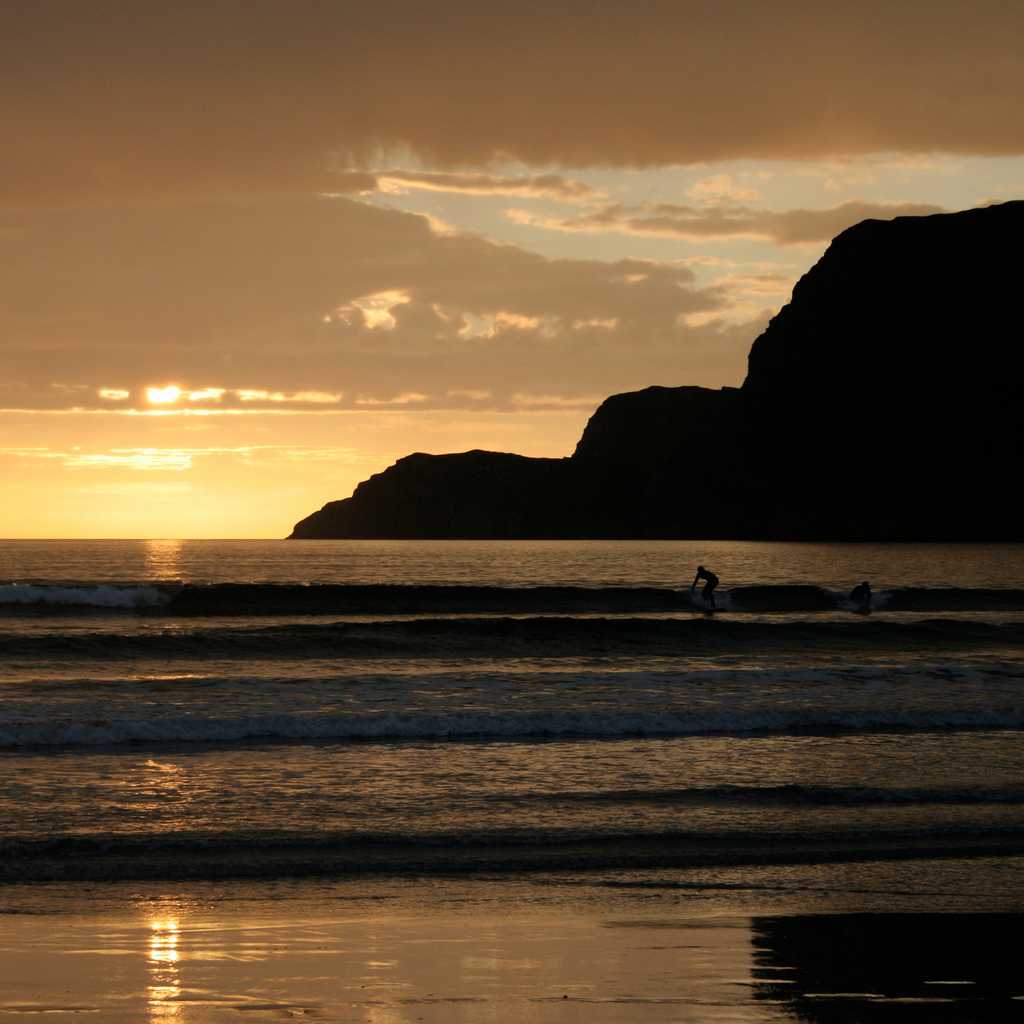
Hoddevik is one of those places that demand a thick wetsuit. The water is icy cold but with empty beaches and fantastic breaks, you wouldn't really mind the temperature, provided, of course, you're wearing the right suit. Hoddevik is best known as a surf town with a permanent population of around 15-25 people. The surfing, however, is an experience worth a million dollars. Try going before October to get away with slightly thinner suits. The village has two accommodation options that also rent out surf gear.
Approximate cost: No fixed prices, prices depend on the duration of your stay
Best Time: March to September
5. Playa Grande, Costa Rica
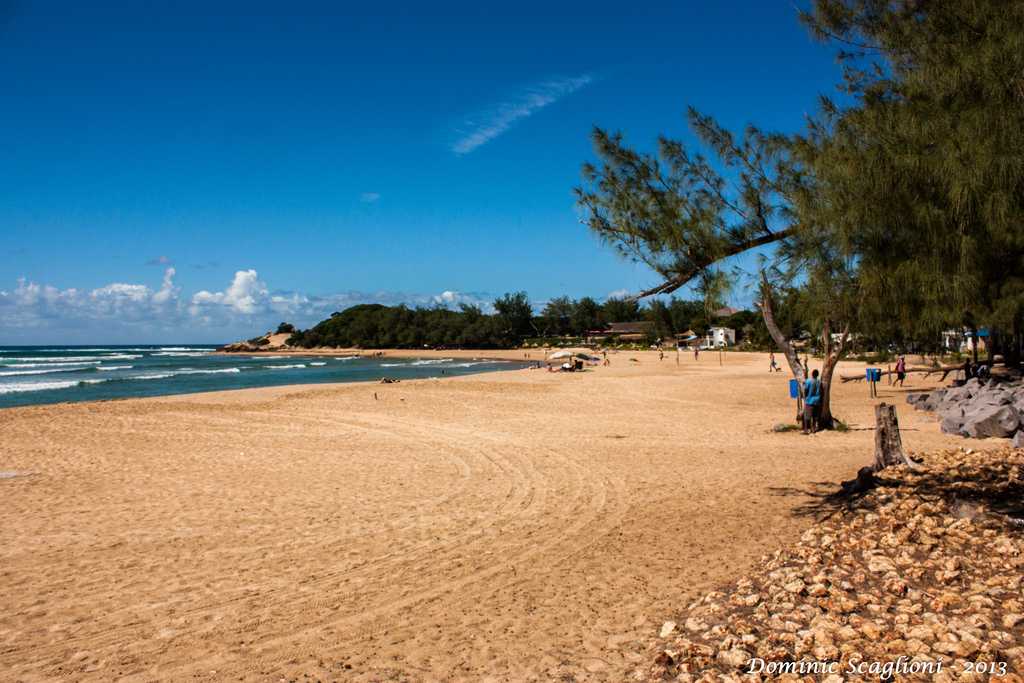
Playa Grande runs along the north Pacific Coast in Guanacaste province, Costa Rica. If not for the waves, you really need to visit Playa Grande for its unbeatable sunsets. But the waves are reason enough, the surf breaks are highly consistent and moderate enough to accommodate a surfer of any skill level. The highlight though is the year-round south swell. The water is warm throughout the year which makes for a near perfect surf experience.
Approximate cost: USD 20 per day for a board
Best Time: Year round
6. Tofo Beach, Mozambique
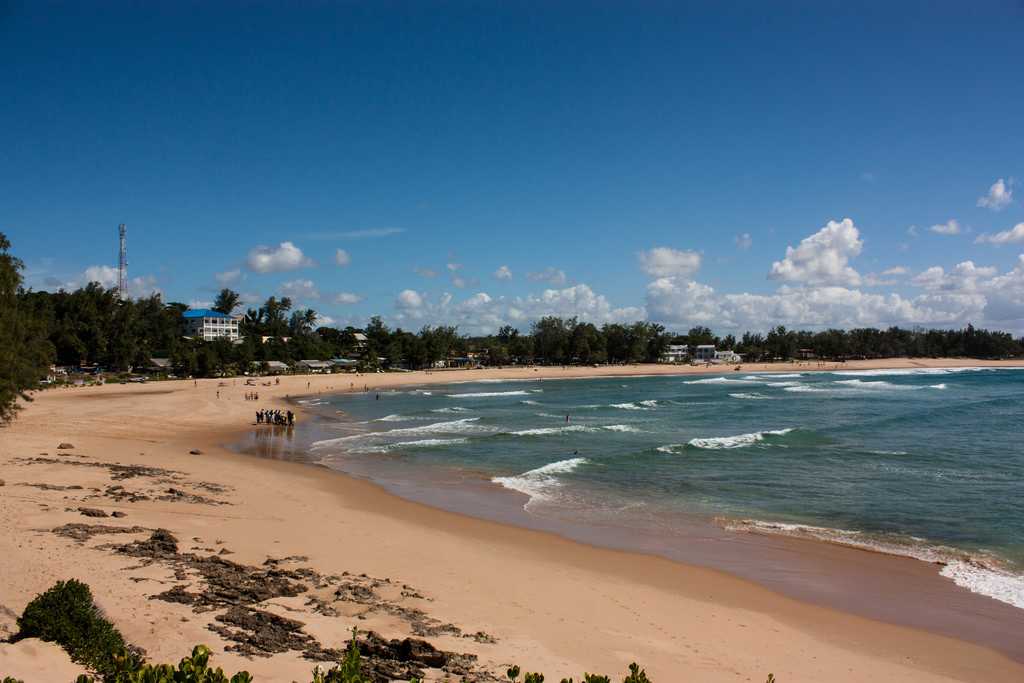
Regarding surfing, Mozambique is relatively unexplored. But the truth is that plenty of surfable breaks run along the coastline of Mozambique. Tofo is a small and pretty beach town whose waves are protected by a headland and reef. Its a cosy place for both beginner and intermediate surfers. Advanced surfers can find more challenging breaks in the vicinity, for example, Tofinho Beach, which features world-class right-hand point breaks.
Approximate cost: Surf lessons from GBP 12 per person per day
Best Time: Year-round
7. San Vicente de la Barquera, Spain
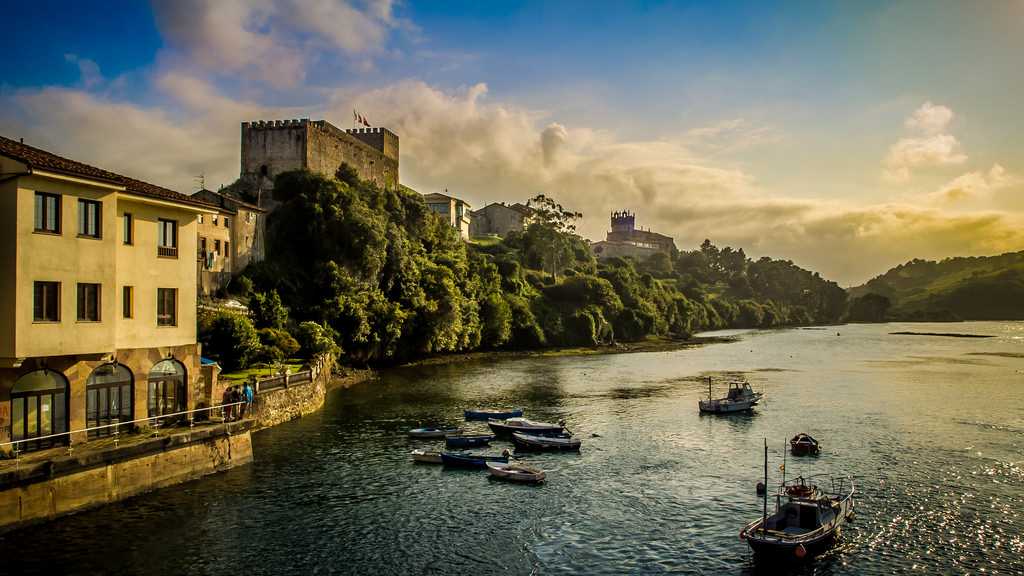
This village is nestled deep into the coast of Cantabria amidst meadows, dunes, cliffs and forests. The main beach of San Vicente de la Barquera is called Meron and features waves very convenient for learning. Advanced surfers can take advantage of the many peaks in the vicinity. Its a boutique experience complemented by the excellent seafood you can indulge in post surfing.
Approximate cost: Ten hour lessons cost EUR 95 per person
Best Time: Year-round
8. Sayulita, Mexico
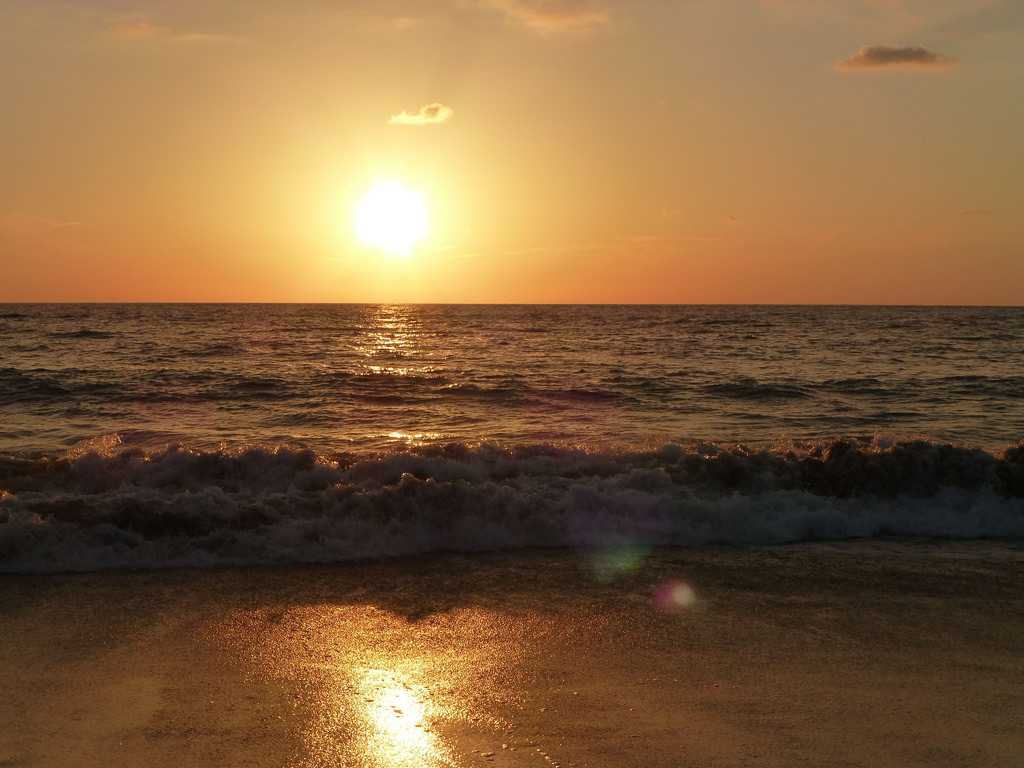
Sayulita is a fishing village turned artsy surf town where lush tropical forests meet eminently ridable waves to accommodate surfers of all levels. The village is situated on Mexico's central Pacific coast. The beach does tend to get a bit crowded owing to the popularity of the place and locals can be a bit aggressive to outsiders stealing waves. However, the waves are excellent even for first-timers.
Approximate cost: MXN 40 per person including equipment per lesson (min)
Best Time: Year-round
9. Pipeline, Oahu, Hawaii
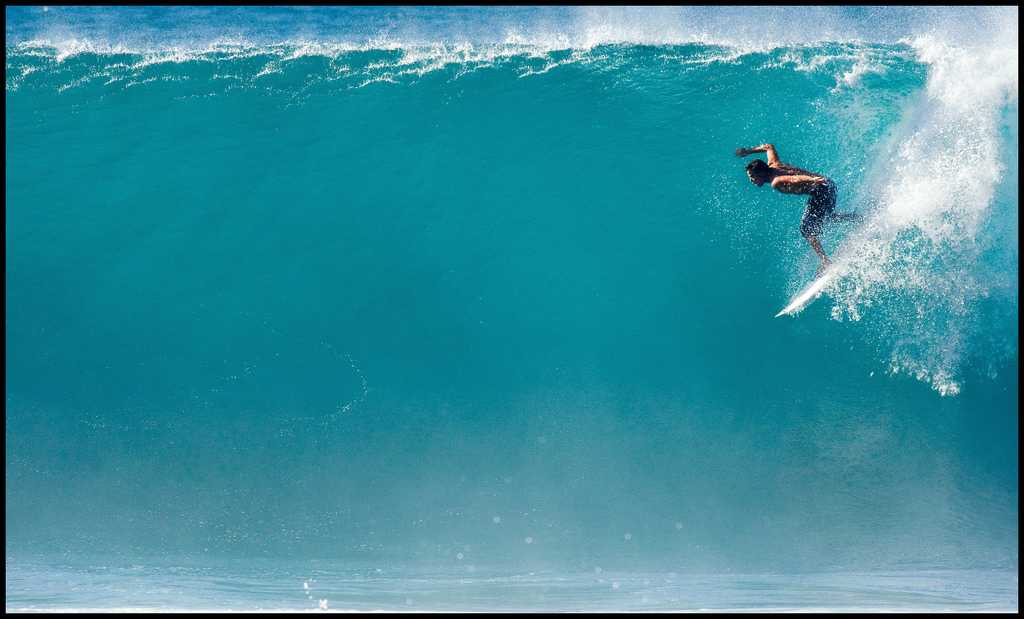
The 'Pipeline' is one of the most sought-after surf destinations in the world. The waves are rumoured to reach higher than 9 feet and are also deemed to be quite dangerous to surf on requiring a fair amount of skill to navigate. Getting caught at the wrong place at the wrong time in the pipeline could prove fatal. This is one experience that is on the bucket list of every surfer.
Approximate cost: No lessons, depends on individual itineraries
Best Time: December, during the surf contests
10. Jeffrey's Bay, South Africa
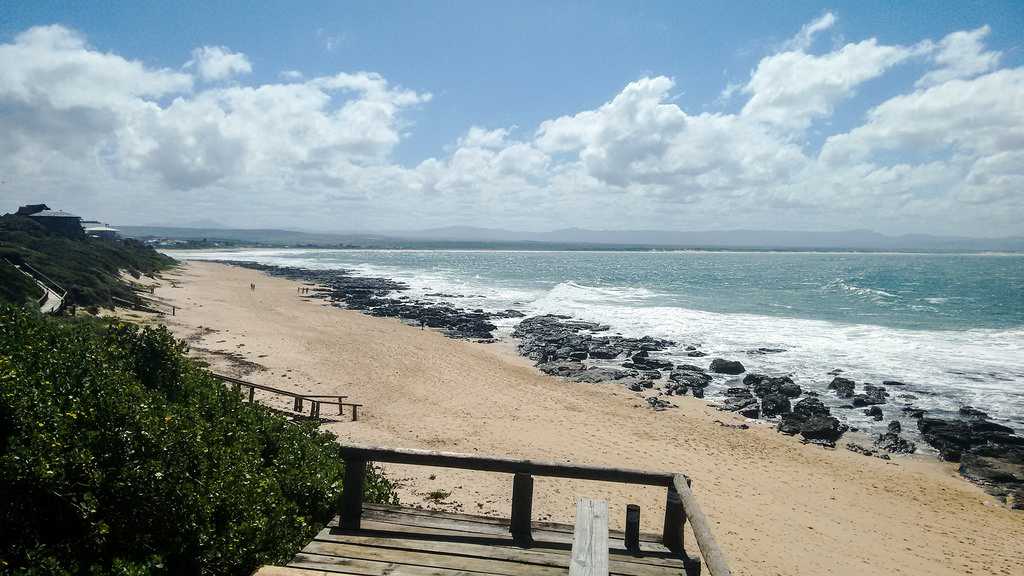
South Africa is a surfer's paradise in general. However, Jeffery's Bay could just as well take the medal for being the best. The bay features some of the most brilliant right-hand breaks you can ever witness. The wave is separated into several individual sections across varying levels, as many as ten sometimes. If you're an advanced surfer, head over to the supertube. It's great fun and also ever so dangerous.
Approximate cost: ZAR 550 per person for two hours
Best Time: Year Round
11. Canggu, Bali
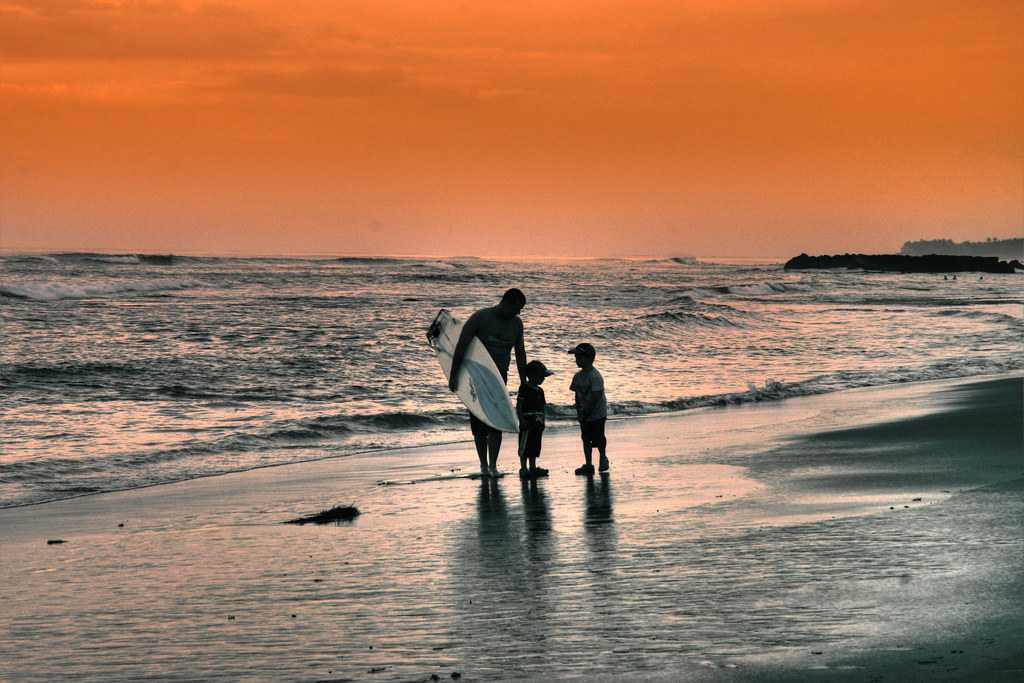
Canggu was nothing but a black-sand beach filled to the edge with rice paddies just a decade back. Canggu did, however, have a fantastic reef break which intermediate surfers used to exploit to train mercilessly. The wave is the same, but Canggu has changed now to sport a vibrant cafe vibe throughout the beach town encouraging a hip lifestyle. This is the perfect surf spot to go with friends.
Approximate cost: EUR 49 per person per lesson
Best Time: Year-round
12. Sennen Cove, Cornwall
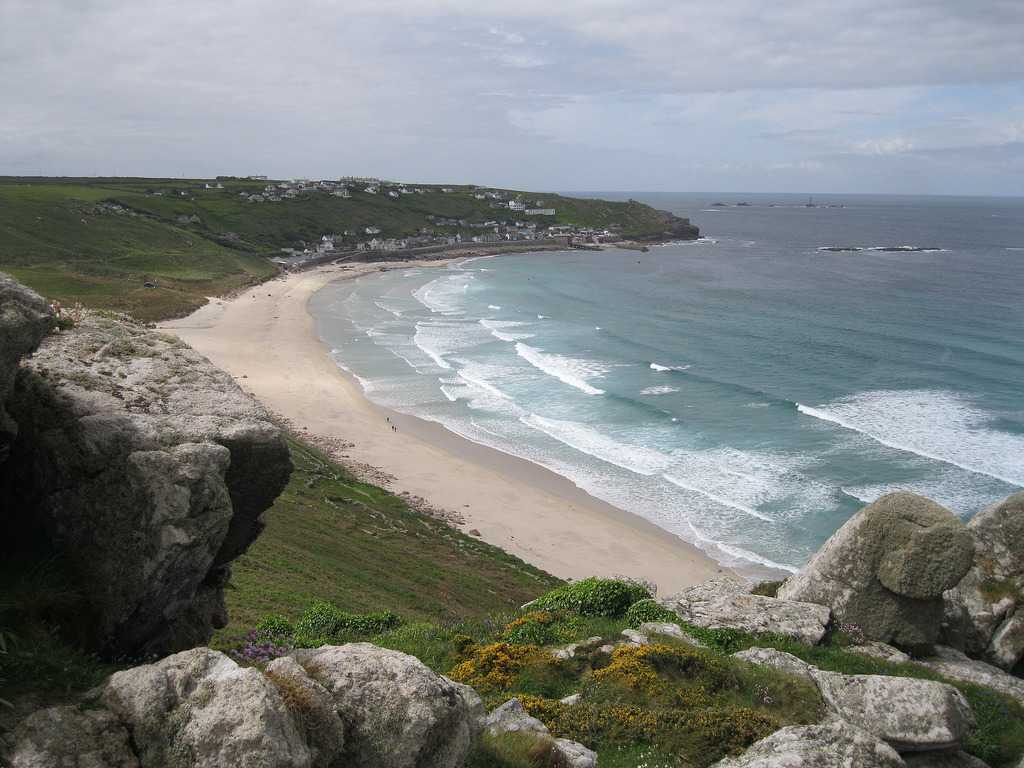
Sennen Cove is the soft, humming heart of the UK surf scene exuding ever so much peace and radiance across everyone to step foot on it and its waves. The best thing about Senne Cove is the crowd, the cove doesn't see much footfall, and this has helped it to maintain its quiet vibe. The waves are very consistent with constant left and right breaks to suit most abilities. The ocean is clear, the hills are grassy, and the cliffs are craggy. If its solace you're looking for, go surf at the Sennen Cove.
Approximate cost: GBP 30 per person per lesson
Best Time: Year-round